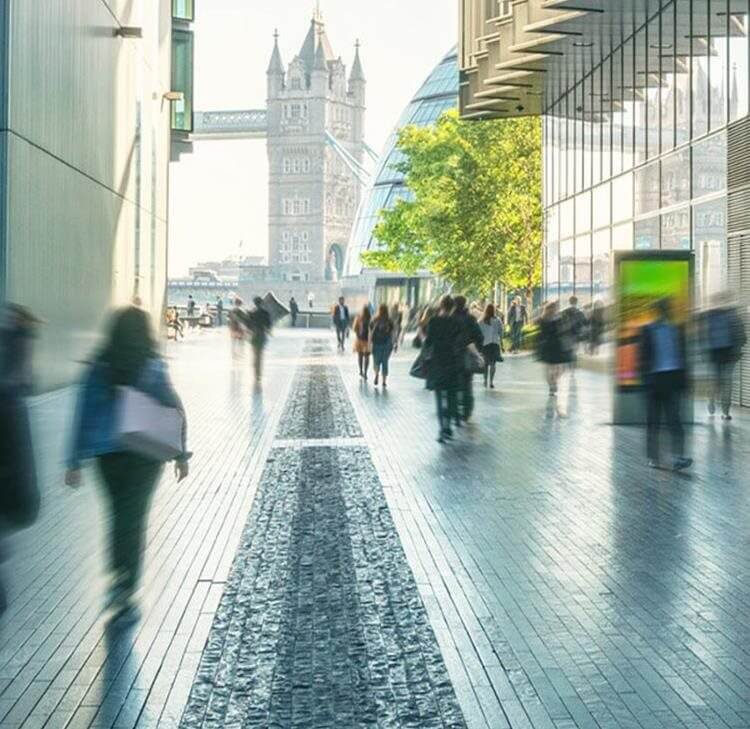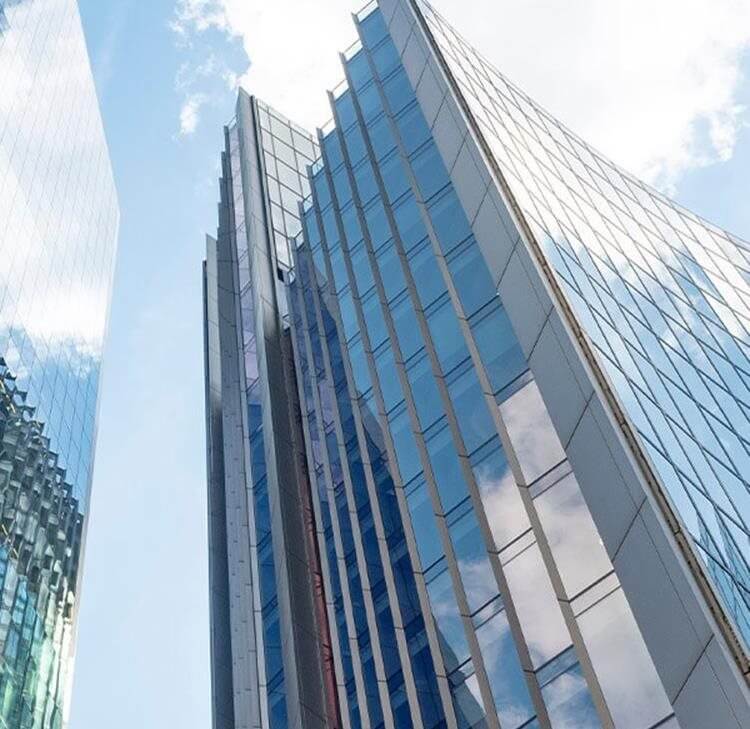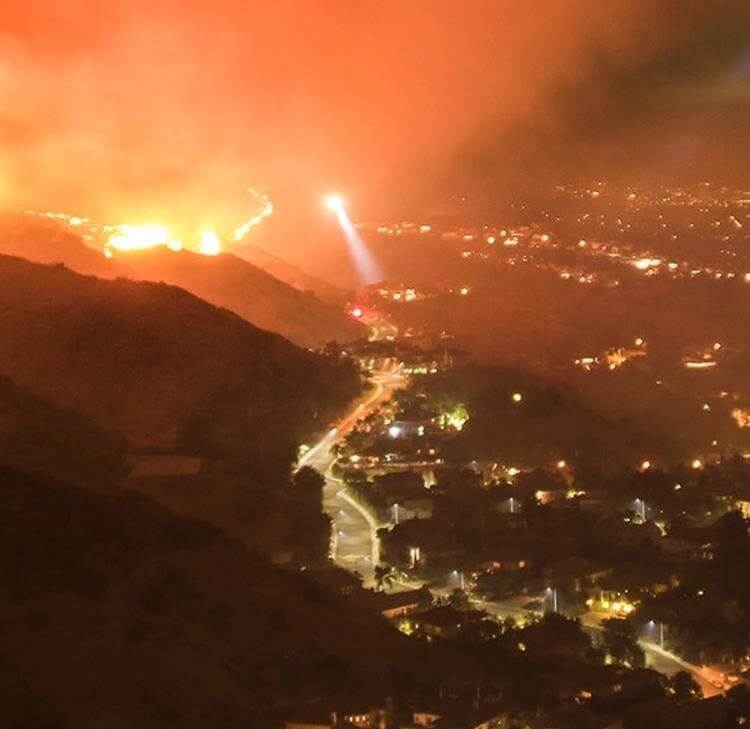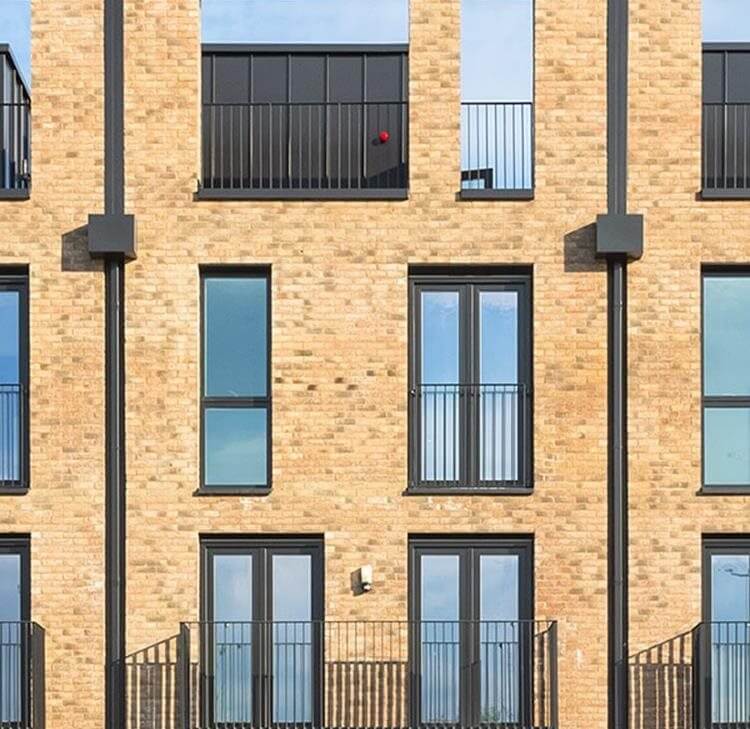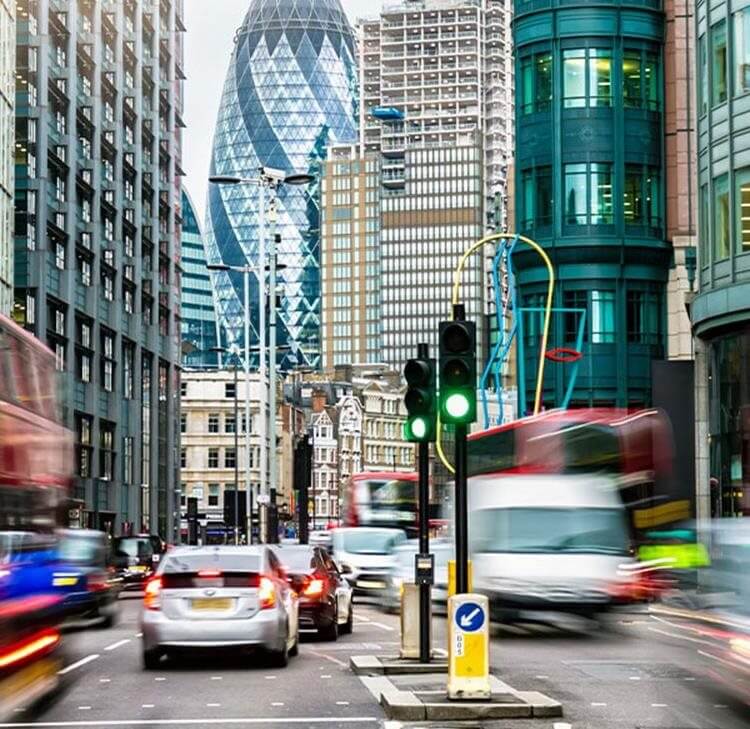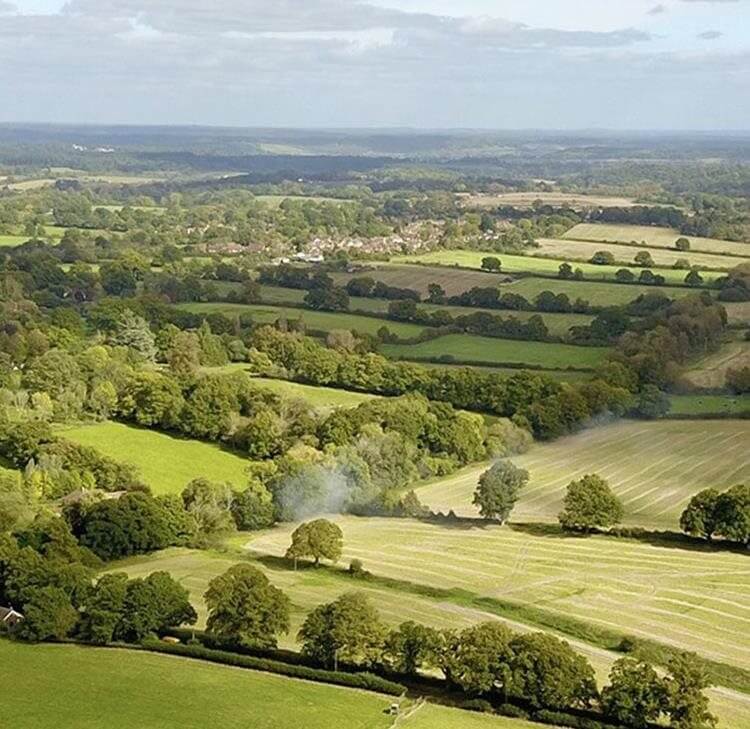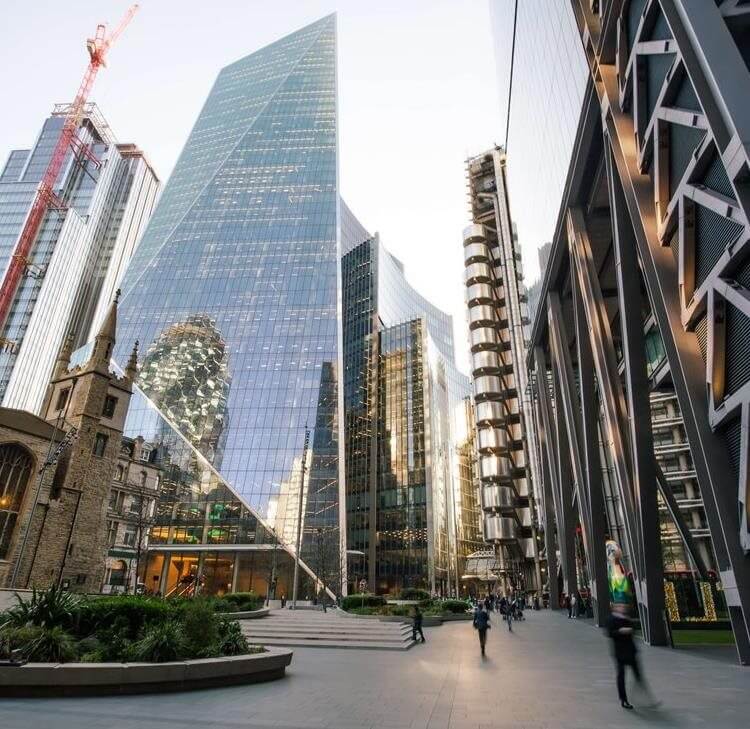Responding to Grenfell – Slow progress is better than none
As the Grenfell Inquiry continues, how have the Phase 1 recommendations changed the fire safety and building safety landscape?
Five years on from the Grenfell Tower tragedy, the Government has announced “Fire safety guidance strengthened for new high-rise homes”, and far-reaching legislation on building safety is now on the statute book (although its entry into force is at least a year away); yet bereaved relatives of those who died in the Grenfell Tower fire have expressed outrage at the Home Office's announcement that it will abandon a key recommendation from Phase 1 of the Grenfell Inquiry - Personal Emergency Evacuation Plans (PEEPs). As the Grenfell Inquiry continues, how have the Phase 1 recommendations changed the fire safety and building safety landscape?
Fire Safety Legislation
On 18 May 2022 the Government published the Fire Safety Act 2021 factsheet: Information on commencement of sections 1 and 3 of the Fire Safety Act, confirming that sections 1 and 3 of the Fire Safety Act 2021 commenced on 16 May 2022.
Section 1 of the Fire Safety Act amends article 6 of the Regulatory Reform (Fire Safety) Order Act 2005 and clarifies that where a building contains two or more sets of domestic premises, the 'Responsible Person' must take account of structure, external walls and flat entrance doors in a fire risk assessment.
Section 3 introduces a new Fire Risk Assessment Prioritisation Tool that has been developed to assist Responsible Persons with reviewing fire risk assessments and complying with their legal obligations under the Fire Safety Order.
These changes are welcome and necessary, but five years seems a long time to adopt what are predominantly administrative changes.
Building Safety Act
As we announced in our blog Building Safety Bill receives Royal Assent, the new Building Safety Act is, as of 28 April 2022, on the statute books. However, as the Building Safety Bill: transition plan set out, entry into force of the legal requirements set out in the Act is 12 to 18 months away.
This may seem ample time for the construction and building management sectors to prepare, but many of the measures will require considerable investment of person hours and the input and involvement of a wide range of building management, construction and resident group representatives.
The Building Safety Regulator did publish guidance on how building owners and managers can prepare long in advance of the Bill’s adoption. However, the Government scrapped the requirement for a building safety manager just four weeks before the Bill received Royal Assent, which we highlighted in this blog, and many of the last-minute changes to the Bill are still being deciphered.
In May, Browne Jacobson ran a webinar titled Building Safety Bill – what’s coming and how will it affect you? during which we addressed some of the uncertainties about what the new legal regime requires.
We will be running further webinars to explain key requirements in the Building Safety Act, including, preparing a Fire Safety Case, duties on Accountable/Responsible persons, legal requirements during design and construction, and legal requirements during occupation.
Grenfell Recommendations; PEEPs
The Phase 1 report of the Grenfell Tower Inquiry made clear that its recommendations are based entirely on the evidence heard, and “command the support of those who have experience of the matters to which they relate.” The Phase 1 recommendations were chosen for “their capacity for making a significant contribution to the safety of those who live in high-rise buildings” (The Grenfell Tower Inquiry: Phase 1 Report, Para 33.3).
On 18 May 2022 the Government published its response to a consultation on Personal Emergency Evacuation Plans. The consultation had sought views on how the Government planned to implement two relevant Grenfell Tower Inquiry Phase 1 Report recommendations (recommendations 33.22(e) and 33.22(f)) that would have required by law the owner and manager of every high-rise residential building to prepare PEEPs for all residents whose ability to self-evacuate may be compromised (such as persons with reduced mobility or cognition) and to include up-to-date information about persons with reduced mobility and their associated PEEPs in the premises information box.
The Government response to the Personal Emergency Evacuation Plans consultation confirmed that it would not be taking these recommendations forward, and highlighted significant concerns that had been raised in responses to the consultation over the proportionality, the practicality, and the fire safety case for PEEPs in all high-rise residential buildings.
In place of PEEPs the Government is proposing an alternative package of initiatives and on 18 May 2022 the Home Office announced a consultation on Emergency Evacuation Information Sharing (EEIS+) that has been greeted with widespread condemnation. The Government’s own report on Progress against the Grenfell Tower Inquiry Phase 1 recommendations from May 2022 provides no delivery date for when these alternative initiatives will enter into force. For several of the Grenfell Phase I recommendations there is no milestone, but instead a forlorn “TBC”.
Summary
According to the London Fire Brigade more than 1,000 buildings are still unsafe five years after Grenfell.
The Phase 1 report of the Grenfell Tower Inquiry made 46 recommendations (in comparison the Taylor Report into the Hillsborough disaster made 76 recommendations). Progress in addressing these recommendations has been slow, with no published timeline for some recommendations and recommendations on PEEPs having been abandoned.
Grenfell Phase 2 hearings are underway at the time of writing, with a Phase 2 report potentially more than a year away.
While some changes have been made, we are a number of years away from seeing the far-reaching changes to fire safety being fully delivered.
Contact

Alistair Taylor
Associate
Alistair.Taylor@brownejacobson.com
+44 (0)330 045 2970


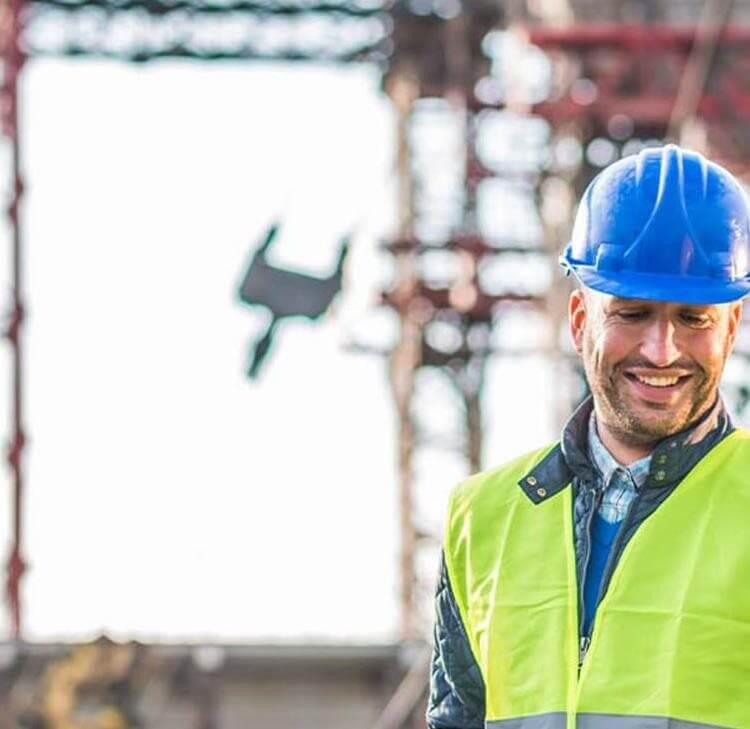
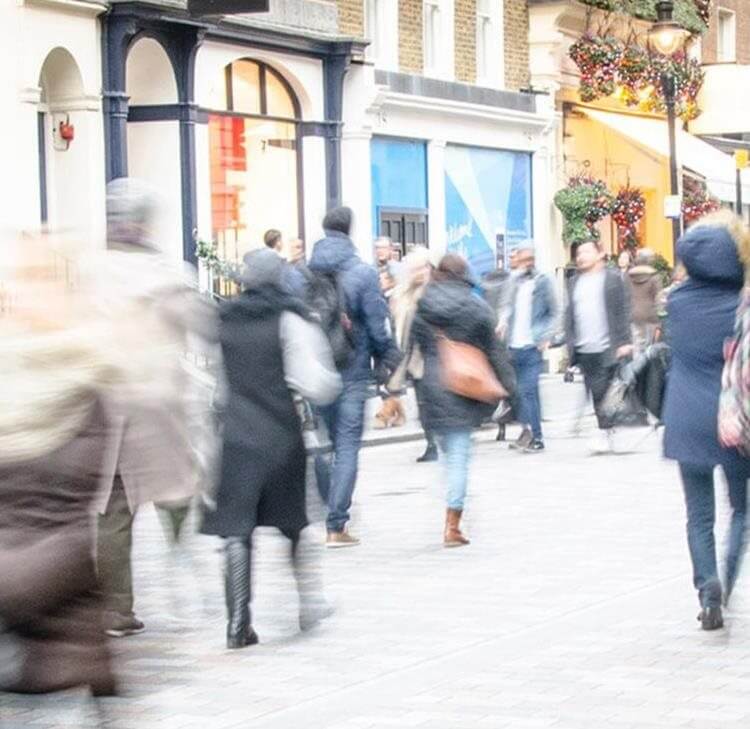





![Contractual liability for all inclusive treatment: Bartolomucci v Circle Health Group Limited [2025]](/getattachment/95f9533b-f99c-4fcc-b8d5-3f93904b8242/shutterstock_1265400856.jpg?variant=HeroImageTabletVariantDefinition)






